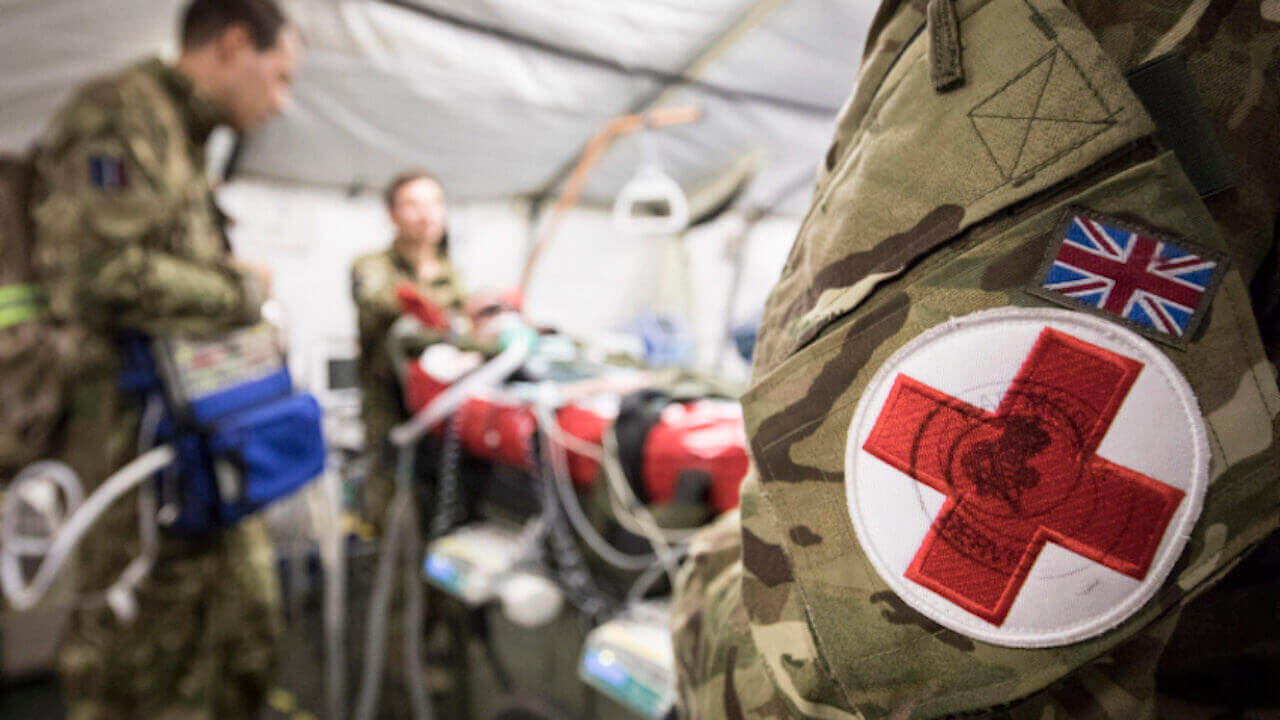
A growing issue in today’s society, it is time we assessed prostate cancer: imaging vs biopsies for treatment. The good news is that you don’t need to start treatment right away if you have been diagnosed with low- or intermediate-risk prostate cancer. You can only have cancer watched and treated because it will most likely advance very slowly (if at all). We refer to this as active surveillance.
Thank you for reading this post, don't forget to subscribe!More men are choosing active surveillance, which requires periodic PSA tests and prostate biopsies to monitor the development of tumors. In this manner, the effects of cancer treatment can be postponed, and possibly even avoided. Repeat biopsies, however, come with a slight risk of infection and can also be uncomfortable and distressing.
Another imaging technique is available. It is known as multiparametric magnetic resonance imaging (mpMRI), and it enables medical professionals to see prostate cancer externally. This kind of scanning is increasingly being used for active surveillance. According to Dr. Boris Gershman, a urologic surgeon at Beth Israel Deaconess Medical Center in Boston and a member of the advisory board for the Harvard Medical School Annual Report on Prostate Diseases, “may help to reduce the frequency of subsequent repeat biopsy, particularly among men with stable PSA.”
Prostate cancer: imaging vs biopsies – mpMRI efficacy research
One unanswered query is whether mpMRI can replace the “confirmatory biopsy” that men ordinarily receive about a year into the monitoring phase. This is to see whether the malignancy is still stable. An mpMRI runs the risk of missing cancer that would otherwise be detected by a confirmatory biopsy.
An investigation was conducted by a group of Australian researchers for a recently released study. 172 men with low- or intermediate-risk prostate cancer were included, and an mpMRI was performed before a prostate biopsy. The males were then monitored for the following three years under an active surveillance protocol. They received yearly digital rectal exams and PSA checks every six months. And there were mpMRI scans at the conclusion of years one and two.
The men underwent a biopsy if the results of the mpMRI or PSA revealed that the malignancy was getting worse. If not, biopsies were put off until the study’s conclusion, which was delayed by three years.
The scientists discovered after reviewing the data that mpMRI scans were more effective at excluding cancer progression than at identifying it. The chances that a biopsy would subsequently confirm the presence of clinically severe malignancy, which requires more prompt treatment, ranged from 50% to 57%. In contrast, the likelihood that a scan would accurately detect the absence of cancer that was getting worse ranged from 82% to 86%.
Imagine vs biopsies: observations and conclusions
These findings led the researchers to draw the safe conclusion that men with negative mpMRI scans can forego the one-year confirmatory biopsy. They said that men should still receive a regular three-year biopsy “because of sporadic MRI-invisible malignancies.” The team intends to monitor the males and eventually present 10-year data.








